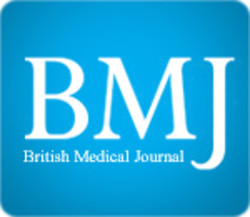 “In final appraisal documents the UK National Institute for Health and Care Excellence has recommended the use of cannabidiol with clobazam for treating seizures associated with two rare and severe forms of epilepsy: Lennox-Gastaut syndrome and Dravet syndrome.
“In final appraisal documents the UK National Institute for Health and Care Excellence has recommended the use of cannabidiol with clobazam for treating seizures associated with two rare and severe forms of epilepsy: Lennox-Gastaut syndrome and Dravet syndrome.
The decision comes after NICE initially rejected the use of cannabidiol in draft appraisal documents released in August because of concerns over a lack of data on the drug’s long term effectiveness.
However, in its latest documents NICE has recommended the drug for people aged 2 or over, reporting that clinical trials had shown that, in comparison with usual care, cannabidiol reduced the number of drop and non-drop seizures and the number of convulsive and non-convulsive seizures.
The final appraisal documents are out for consultation until 27 November, and final approval is expected on 18 December.
The documents were released alongside NICE’s final guideline on cannabis based medicinal products. In this, NICE also recommends the use of nabiximols for patients with multiple sclerosis.”

 “EpidiolexTM , a form of highly purified cannabidiol (CBD) derived from
“EpidiolexTM , a form of highly purified cannabidiol (CBD) derived from 


 “The European Medicines Agency (EMA) has approved the first cannabis based medicine to treat two rare and severe forms of childhood onset epilepsy, although hurdles remain before the drug becomes available on the NHS.”
“The European Medicines Agency (EMA) has approved the first cannabis based medicine to treat two rare and severe forms of childhood onset epilepsy, although hurdles remain before the drug becomes available on the NHS.” “Much of the initial reports for
“Much of the initial reports for  “Several works have reported on the antiepileptic impact of cannabis-based preparations in patients with treatment-resistant epilepsy (TRE). However, current formulations suffer from low bioavailability and side effects. PTL-101, an oral formulation containing highly purified
“Several works have reported on the antiepileptic impact of cannabis-based preparations in patients with treatment-resistant epilepsy (TRE). However, current formulations suffer from low bioavailability and side effects. PTL-101, an oral formulation containing highly purified  “In recent years, the use of
“In recent years, the use of 
 “There is uncertainty regarding the appropriate dose of
“There is uncertainty regarding the appropriate dose of